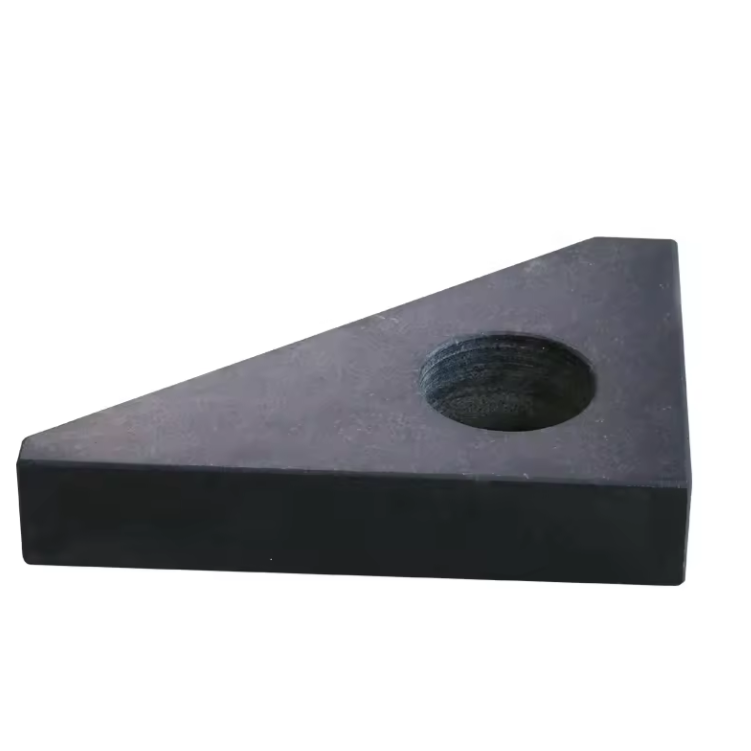Déc . 11, 2024 11:48 Back to list
types of ball valves and their functions
Types of Ball Valves and Their Functions
Ball valves are a vital component in various industries, serving essential functions in controlling the flow of liquids and gases. Known for their reliability and durability, these valves utilize a spherical disc (the ball) with a hole through its center to enable or restrict flow. Understanding the different types of ball valves and their functions can assist in selecting the appropriate valve for specific applications.
1. Standard Ball Valve
The standard ball valve is the most common type, designed to provide on/off control of flow. When the valve handle is turned 90 degrees, the hole in the ball aligns with the pipe, allowing fluid to pass through. Conversely, when the handle is rotated back, the ball obstructs the flow. Standard ball valves excel in situations where quick shut-off is necessary, making them ideal for applications in water supply, gas distribution, and other fluid handling industries.
2. Trunnion Ball Valve
Trunnion ball valves have a different design from the standard ball valve. They are equipped with a trunnion, which is a pivot located at the top and bottom of the ball, helping to support it and allowing for higher pressure applications. This design minimizes friction and reduces the torque required to operate the valve, making it easier to handle larger sizes under severe conditions. Trunnion ball valves are often used in oil and gas, power generation, and offshore applications.
In contrast to trunnion ball valves, floating ball valves do not have a trunnion support. Instead, the ball is held in place by two seats on either side. When pressure is applied to the fluid, the ball floats towards the seat, creating a tight seal. This design makes floating ball valves suitable for lower pressure applications, such as water and sewage systems. Their simple construction also contributes to ease of maintenance, making them a popular choice in many industries.
types of ball valves and their functions

4. V-Port Ball Valve
V-port ball valves are designed with a ‘V’ shaped notch in the ball instead of a standard round hole. This innovative design allows for better flow control in applications requiring variable flow rates. The V-port enables precise regulation and throttling of the flow, making them ideal for use in processes like mixing, chemical dosing, and where accurate flow adjustment is essential. Industries often rely on V-port ball valves for applications in pharmaceuticals, food processing, and chemical manufacturing.
5. Multi-Port Ball Valve
Multi-port ball valves are unique in that they can have multiple ports (typically three or four), allowing them to control flow in various directions. This capability makes them highly versatile, as they can function as a diverter or mixer. Multi-port ball valves can be used in both single piping and branching systems, providing flexibility in design and operation. Additionally, they are often seen in HVAC systems and other applications where flow redirection is necessary.
6. Electric and Pneumatic Ball Valves
Electric and pneumatic ball valves incorporate automation into their operation, offering significant advantages in terms of efficiency and control. Electric ball valves use an electric actuator to open or close the valve, making them suitable for remote operation and automation systems. Pneumatic ball valves, on the other hand, utilize compressed air to move the valve into the desired position quickly. Both types of automated ball valves are commonly employed in modern industrial processes where real-time control and monitoring are essential.
Conclusion
In summary, ball valves come in various types, each designed for specific functionalities that cater to different operational needs. From standard ball valves providing basic on/off control to multi-port valves offering versatility in flow direction, understanding these options is crucial for engineering and process applications. The choice of a ball valve should be made based on factors such as pressure, temperature, flow rate, and the specific requirements of the application. Whether in oil and gas, water treatment, or industrial automation, the proper selection of a ball valve can enhance efficiency and reliability in fluid management systems.
-
Flanged Gate Valve: A Reliable Choice for Industrial and Municipal SystemsNewsAug.20,2025
-
Soft Seal Gate Valve: A Modern Solution for Reliable Pipeline ControlNewsAug.20,2025
-
Gate Valve Types: Understanding the Options for Your Pipeline SystemsNewsAug.20,2025
-
Y Type Strainer: Essential for Clean and Efficient Flow SystemsNewsAug.20,2025
-
Cast Iron Y Strainer: Durable Solutions for Demanding ApplicationsNewsAug.20,2025
-
Flanged Y Strainer: An Essential Component in Industrial Filtration SystemsNewsAug.20,2025
Related PRODUCTS









